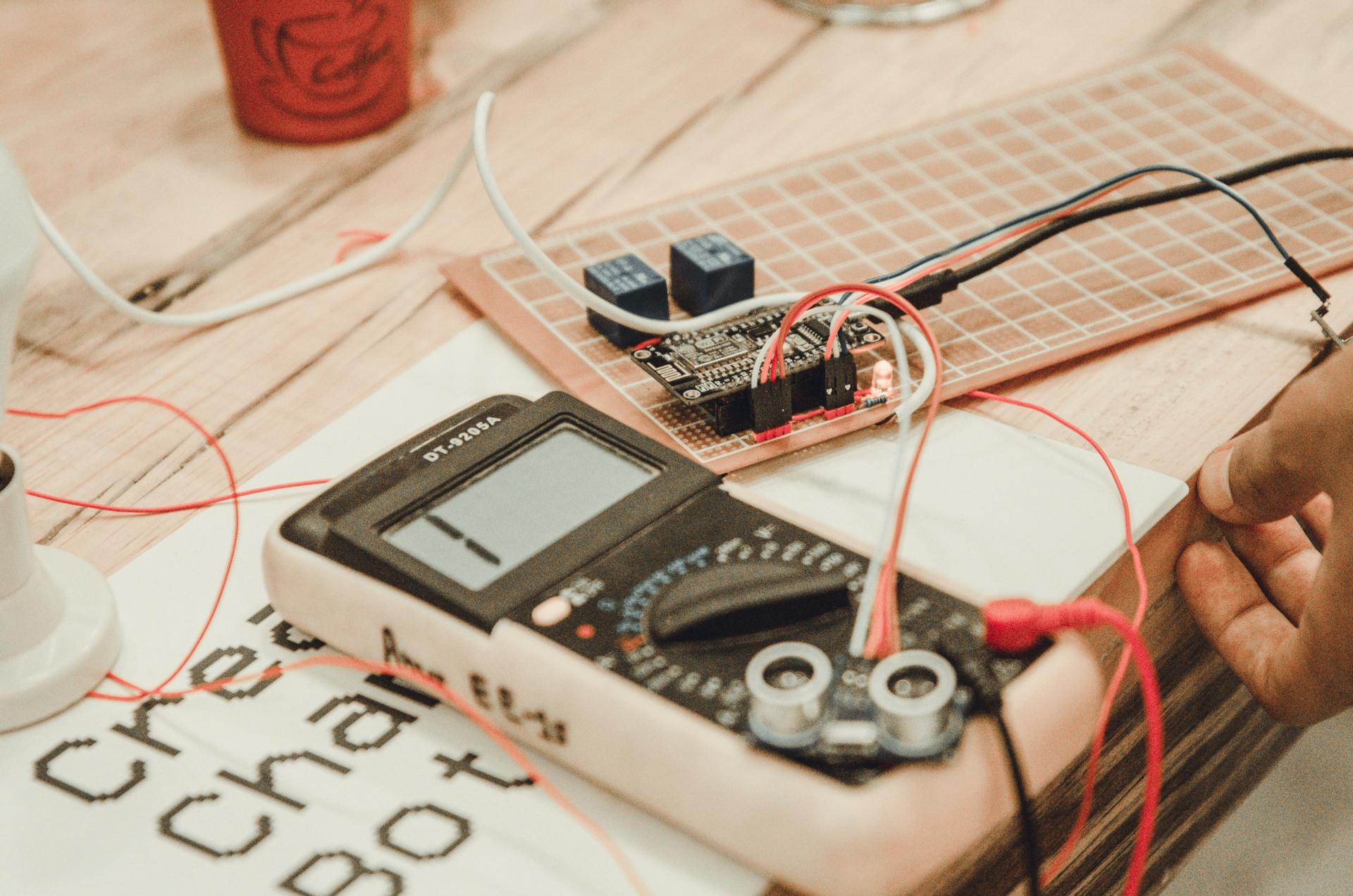DIY Electrical Safety Testing: A Guide for Home-Owners

In the realm of security in your home, one of the most important aspects to be considered is electrical safety. Testing for electrical safety is the process of evaluating the electrical system in your home to make sure that it is safe and in compliance with the latest standards. In this article, we’ll provide you with information on what the electrical safety tests are, what equipment you’ll need for conducting them, the best method to carry out the tests and what warning signs you should look out for.
What is the definition of an Electrical Safety Test?
A safety test for electrical appliances is the process of inspecting the electrical system in your home to ensure that it is safe and working correctly. The importance of electrical safety tests is as they help to avoid electrical fires and accidents and also ensure the long-term durability of your electrical system.
Equipment Required for an Electrical Safety Test
In order to conduct an electrical safety test you’ll need some essential tools. This includes an electrical voltage tester and a continuity tester a circuit tester, along with outlets tester. The voltage tester is used to look for live circuits, whereas the continuity tester checks for circuits that are damaged. The circuit tester is utilized to look for wiring issues and outlets testers are utilized to identify wiring problems in the outlets. It is crucial to use these devices correctly to get precise results.
How do you conduct an electrical Safety Test
To conduct the electrical test at your home Follow these steps:
Switch off the power source to the circuit you’re testing.
Use the voltage tester to test for live circuits.
Utilize the continuity tester to check the integrity of your circuit.
Utilize the circuit tester for checking for any wiring issues.
Utilize the tester for outlets to look for electrical problems in the outlets.
During the testing process make sure you look for any evidence of wear or damage on the wiring, such as frayed or broken wires, burn marks, and loose wires. If you find any issues, it’s important to address them as soon as possible to avoid potential hazards.
Signs of Electrical Problems to be Watchful For
There are many warning signs that could signal electrical problems in your house. They include flickering light bulbs and frequent circuit breaker trips, buzzing or crackling sounds emanating from outlets, hot or discolored outlets, and a burning smell. If you observe any warning indicators, you must take action immediately to avoid any electrical dangers.
Conclusion
Tests for electrical safety are vital to ensure your safety and family. Through regular testing and fixing any issues quickly to avoid any potential hazards to electrical equipment and extend the life of your electric system. If you need assistance with electrical testing and repairs Don’t hesitate to reach out to South Auckland Electricians. Our team of experts can offer you expert advice and support. Contact us at 0800 570 083 to schedule an appointment or request a quotation.
FAQ Section
What is the recommended frequency to perform an electrical safety check in my home?
We recommend conducting electrical safety tests at least every year.
Can I conduct an electric safety check by myself or do I need the help of a specialist?
While it’s possible to perform an electrical safety test yourself but it’s best to hire a professional to ensure accurate results and avoid potential hazards.
Which are the top frequent electrical issues that are discovered during an electrical safety test?
The most frequently-repeated electrical issues discovered during a safety check include defective wiring, circuits that are overloaded and outdated electrical systems.
What do I do if discover a problem during the electrical safety check?
If you discover a problem in the electrical safety test It is crucial to act immediately. This may involve making contact with a professional electrician to fix the problem or replacing damaged equipment.
